Vilnius Cathedral
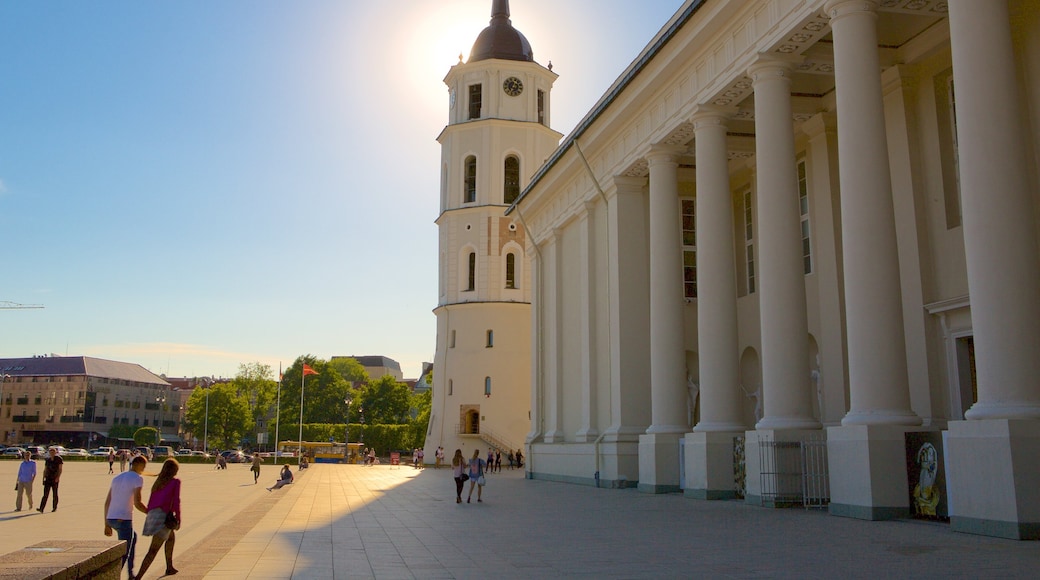
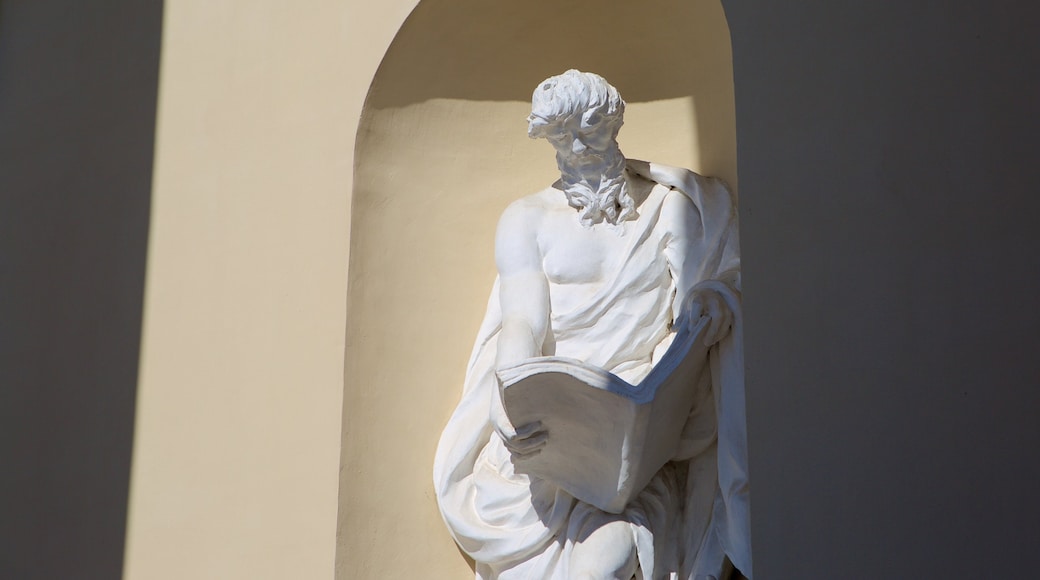
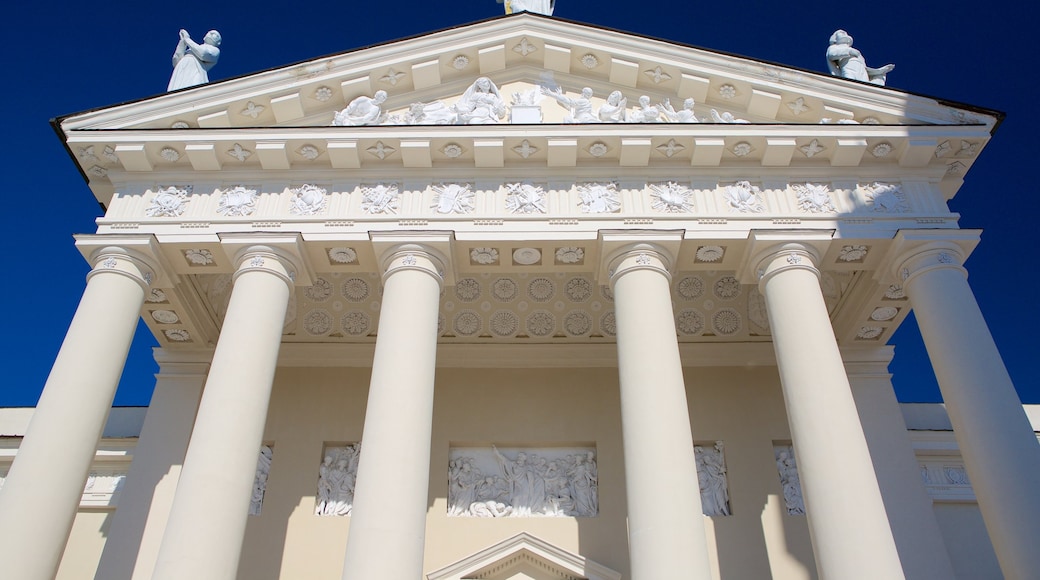

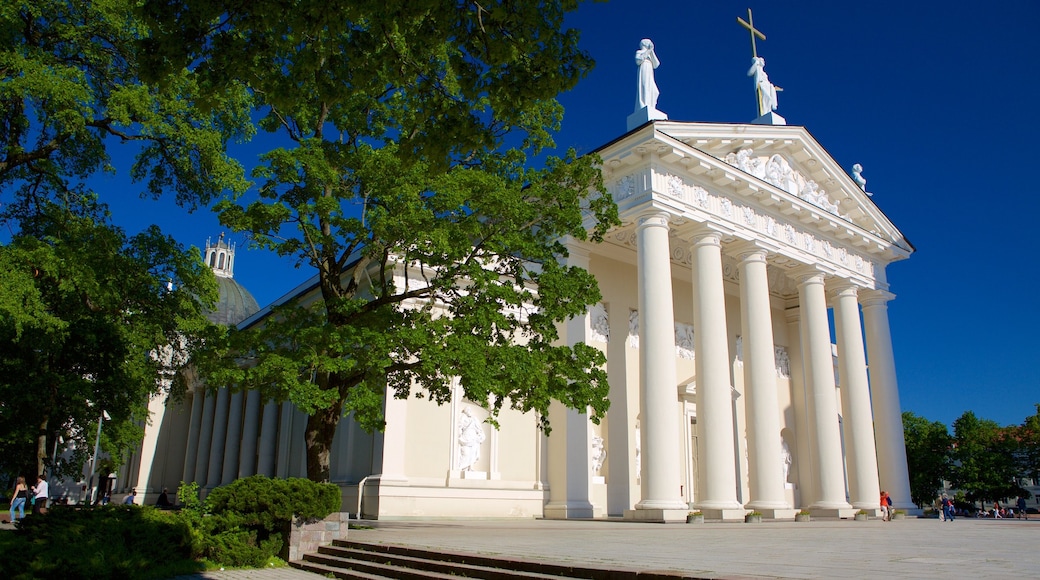
Visit Vilnius Cathedral
Popular places to visit

Cathedral Square
Experience centuries of tradition when you stroll around this historic town square, a symbol of the city beneath the tower of Vilnius Cathedral.
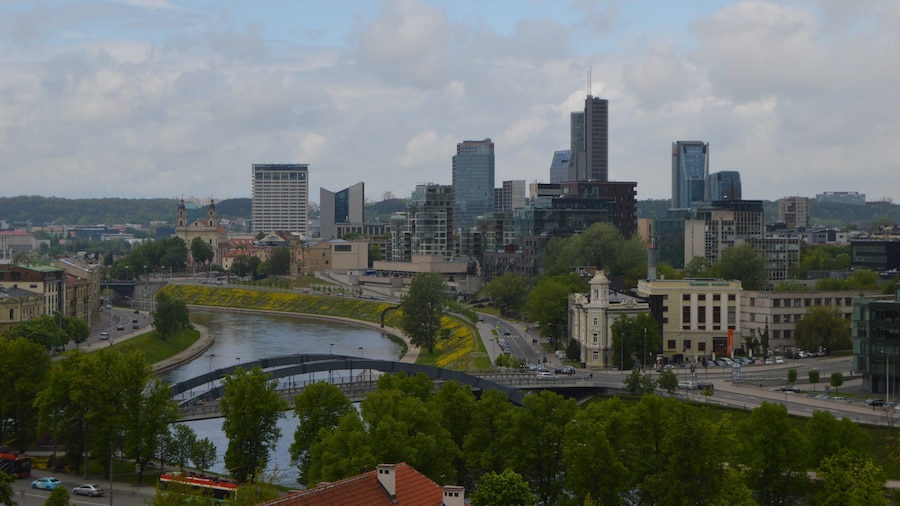
Gediminas Avenue
During your trip to Vilnius, you can enjoy retail therapy at Gediminas Avenue. While you're here, you can savor the top-notch restaurants.
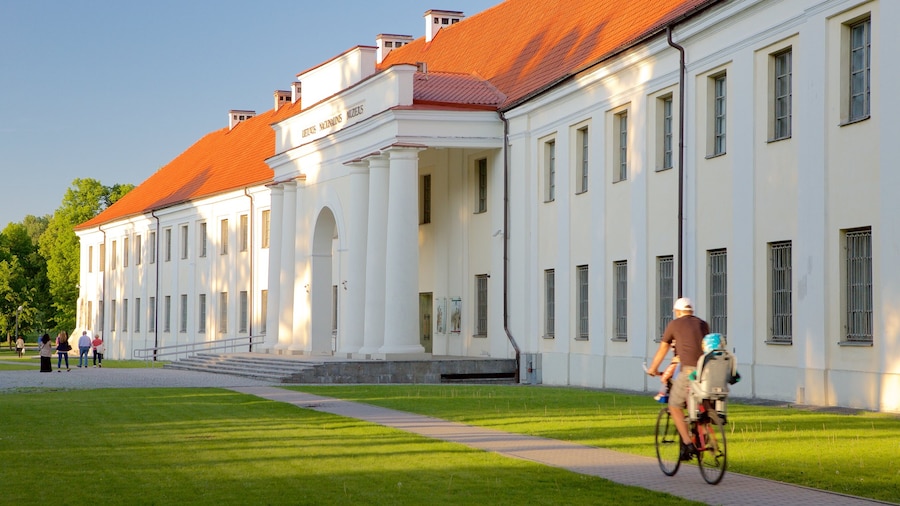
National Museum of Lithuania
Historic sites make up this museum complex dedicated to Lithuanian culture through the ages, from prehistory to today.
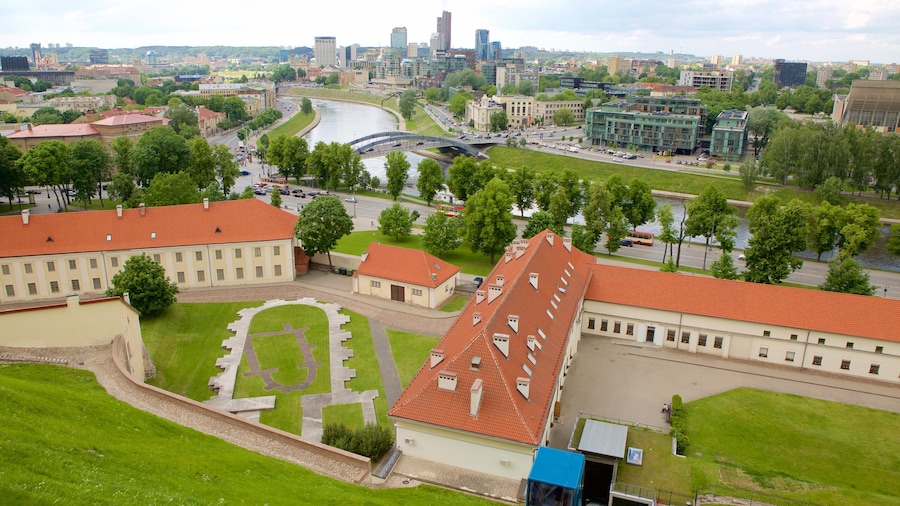
Upper Castle Museum
Browse exhibits about Vilnius Castle and the story of the early beginnings of the city and enjoy splendid views from an ancient tower.
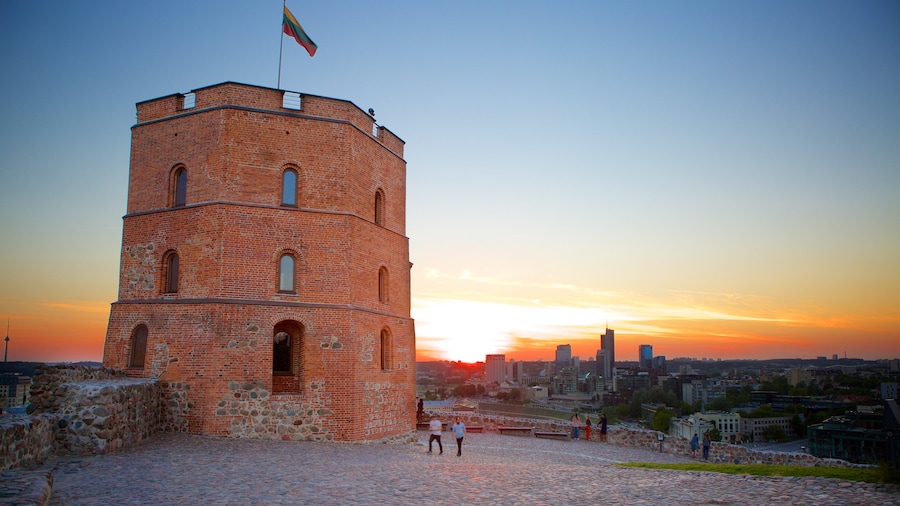
Gediminas Tower
Find the birthplace of the city of Vilnius within the foundations of this medieval castle tower, which has a museum and stunning hilltop views.

Vilnius University
Walk around the campus at Vilnius University as part of your travels around Vilnius. While in this culturally rich area, find time to visit its stunning cathedral.
Top Hotel Deals
Check availability on hotels close to Vilnius Cathedral

Radisson Blu Hotel Lietuva

Radisson Collection Astorija Hotel, Vilnius

Artagonist Art Hotel

Novotel Vilnius Centre

Artis Centrum Hotels

Hotel Vilnia

Hilton Garden Inn Vilnius City Centre
